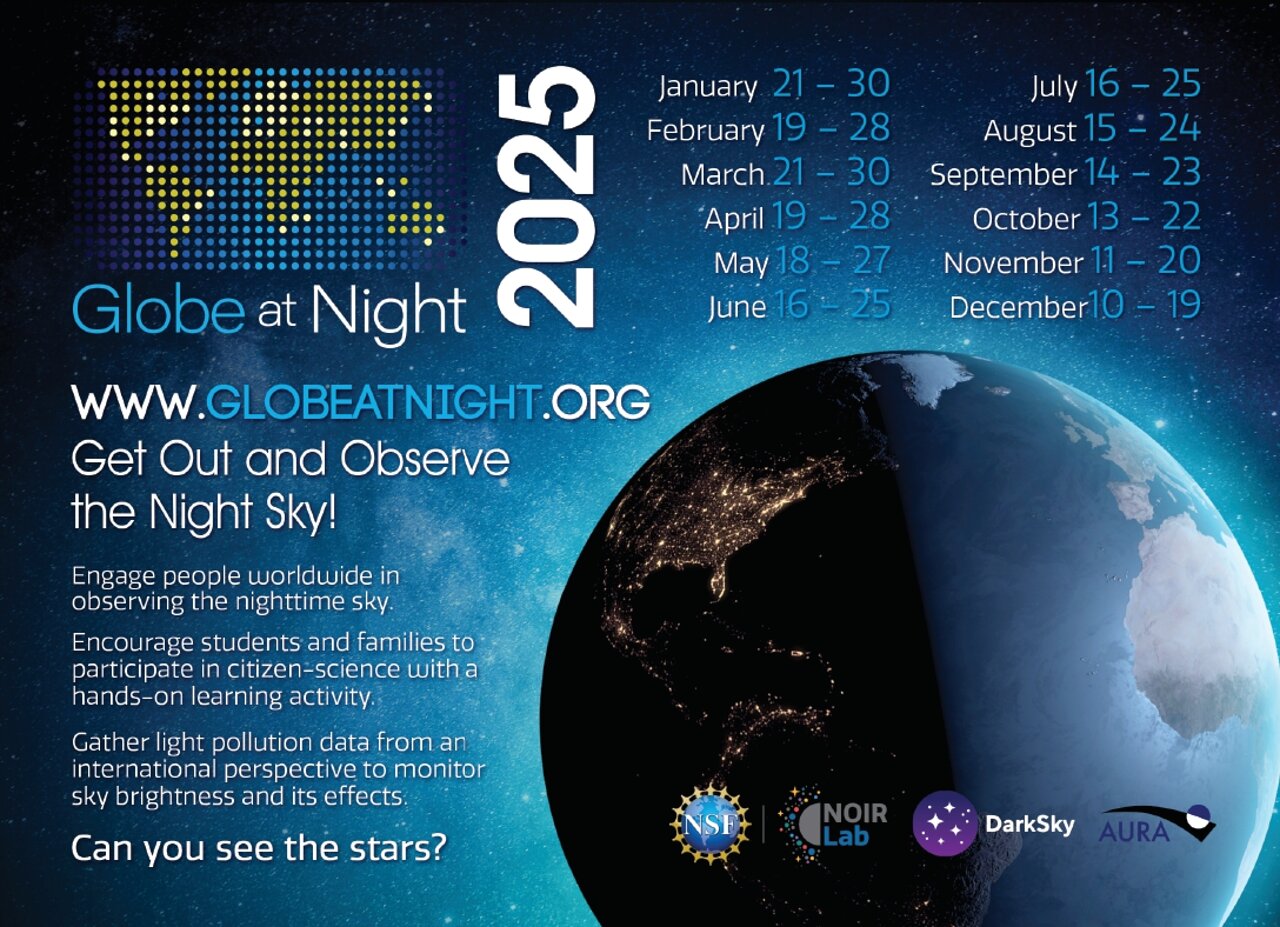
Can you find Hercules?
Hercules the hero of Greece can be best seen by looking up and to the North in the summer. Find the brightest star Vega by looking North, then by looking just west of that you can make out the keystone, or body, of Hercules. The head of Hercules will be to the South, and his kneeling legs will be pointing northward.
Visible in: Northern hemisphere





